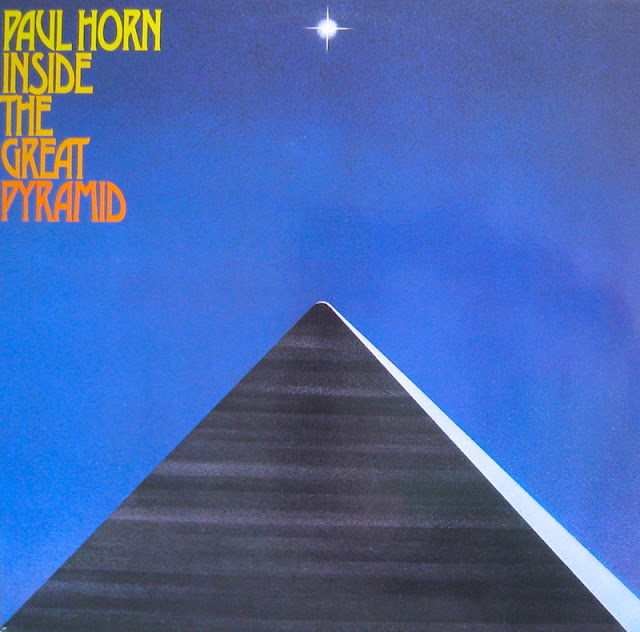
Honored to contribute a mix to Blowing Up The Workshop, which is a very useful archive of mixtapes including many from my own musical and curatorial heroes. I was thinking about escapism, cinematic déjà vu, anime soundtracks, hyper-optimistic fantasy about the experience of tourism, courtyards, commercials, and ruins as I put this together. If you like it, you can download it here. Thanks for listening!
Tracklist:
1. Jun Miyake – Good Morning Yamanashi
2. Giovanni Venosta – Woman In Late
3. Lena D’Água – Tao
4. Nuno Canavarro – Untitled 8
5. Forrest Fang – The Luminous Crowd
6. Einojuhani Rautavaara – Cantus Arcticus I: Melancholy
7. Kurban – Masto A Iran
8. Maria Marquez & Frank Harris – Canto Del Pilon
9. Iury Lech – Barreras
10. Marcel Pérès & Ensemble Organum – Offertoire “Diffusa Est Gratia In Labiis Tuis” (comp. Machaut)
11. Masami Tsuchiya – Never Mind
12. Pale Cocoon – Sora
13. Connie Francis – Siboney
14. Kenji Kawai – Nightstalker
15. Jansen / Barbieri – Breaking The Silence
16. Hiroko Yakushimaru – Tomeina Churippu



























